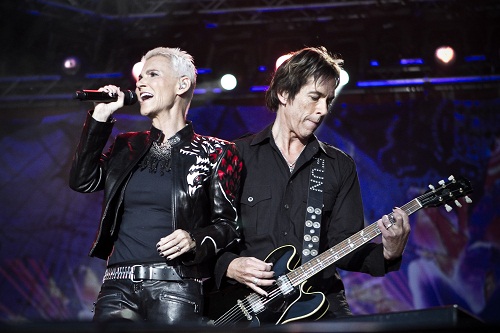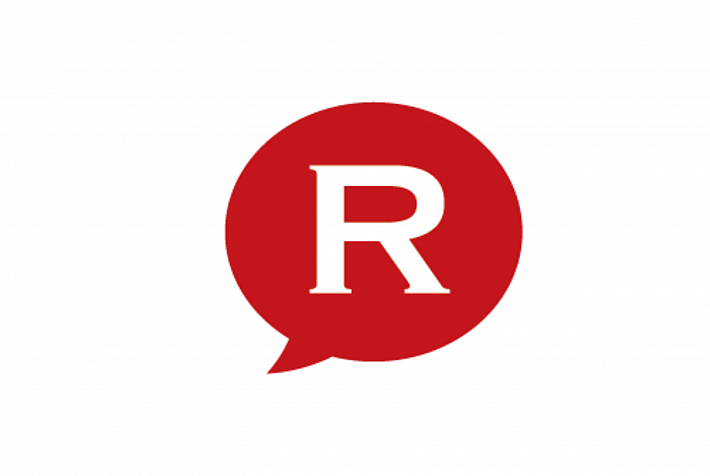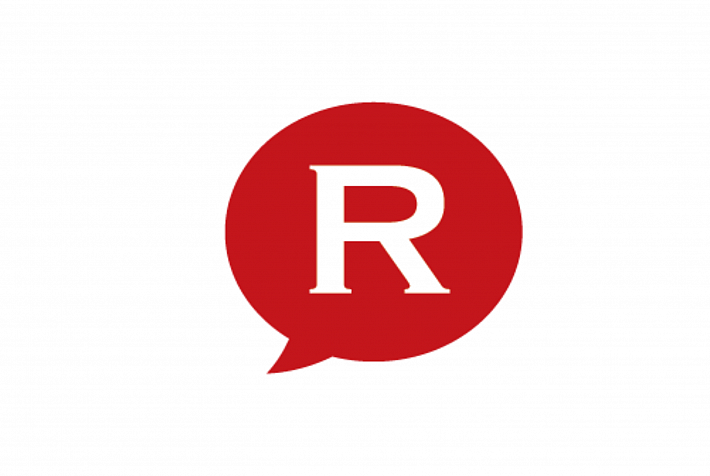 “Patriotism is your conviction that this country is superior to all others because you were born in it.”
“Patriotism is your conviction that this country is superior to all others because you were born in it.”
In my younger...
 Roxette fans in Romania have been waiting since the 90s to see their favourite band on stage in Bucharest. On Monday...
Roxette fans in Romania have been waiting since the 90s to see their favourite band on stage in Bucharest. On Monday...
 Romanians are by nature fun loving, warm, hospitable, playful, with an innate sense of humor, sometimes spiced with...
Romanians are by nature fun loving, warm, hospitable, playful, with an innate sense of humor, sometimes spiced with...
 It was about this time of April last year when I quit my job as a journalist with an English-language magazine to start...
It was about this time of April last year when I quit my job as a journalist with an English-language magazine to start...
 By understanding cultural differences and similarities, one can develop ways to communicate and collaborate more...
By understanding cultural differences and similarities, one can develop ways to communicate and collaborate more...
The leadership style is yet another area where cultural intelligence is required and where local cultures play an important role. The sort of leadership valued in the Netherlands is, for example, a weakness in Romania, where authoritative leadership is seen as a strength. On the same note, the qualities of a good leader in the US would not necessarily work in Central and Eastern Europe. We'd love to hear your stories and experiences when it comes to intercultural leadership in the CEE region.
Romania-Insider.com starts a series of articles on intercultural communication, focusing on practical aspects that will help you deal with your Romanian business partners as well as with partners in the Eastern Europen region, while bridging the cultural differences between them. Read the introductory article of this series below and feel free to send us your ideas or examples of actual situations where more knowledge on intercultural communication would have come in handy.
I never went public with a story like the one you are about to read, but a seven year old boy, Robert, and his family, need help. And not just my help, but all the help we could all offer.
Robert was born with Attention Deficit Hyperactivity Disorder (ADHD) and has been diagnosed with the third level of this syndrome when he was one year and a half. On top of it, due to an incorrectly administrated treatment, he now suffers a heart problem that was diagnosed two months ago and has to go under continuous treatment for both these medical problems. At 7, the age when he was already supposed to be in in the first grade in school, Robert doesn't yet talk.
I have run 15 marathons, including the one I did as part of my Ironman triathlon a few years back in Austria. Still, I am not getting any younger and time to train and facilities remain a problem.
Imagine there were a virus spreading across Europe that severely impeded young children’s intellectual and physical development. The disease was so debilitating that children afflicted by it could never hold responsible jobs or be productive members of society. They would have to be cared for by the state for life.
 “Patriotism is your conviction that this country is superior to all others because you were born in it.”
“Patriotism is your conviction that this country is superior to all others because you were born in it.”
In my younger...
 Roxette fans in Romania have been waiting since the 90s to see their favourite band on stage in Bucharest. On Monday...
Roxette fans in Romania have been waiting since the 90s to see their favourite band on stage in Bucharest. On Monday...
 Romanians are by nature fun loving, warm, hospitable, playful, with an innate sense of humor, sometimes spiced with...
Romanians are by nature fun loving, warm, hospitable, playful, with an innate sense of humor, sometimes spiced with...
 It was about this time of April last year when I quit my job as a journalist with an English-language magazine to start...
It was about this time of April last year when I quit my job as a journalist with an English-language magazine to start...
 By understanding cultural differences and similarities, one can develop ways to communicate and collaborate more...
By understanding cultural differences and similarities, one can develop ways to communicate and collaborate more...
The leadership style is yet another area where cultural intelligence is required and where local cultures play an important role. The sort of leadership valued in the Netherlands is, for example, a weakness in Romania, where authoritative leadership is seen as a strength. On the same note, the qualities of a good leader in the US would not necessarily work in Central and Eastern Europe. We'd love to hear your stories and experiences when it comes to intercultural leadership in the CEE region.
Romania-Insider.com starts a series of articles on intercultural communication, focusing on practical aspects that will help you deal with your Romanian business partners as well as with partners in the Eastern Europen region, while bridging the cultural differences between them. Read the introductory article of this series below and feel free to send us your ideas or examples of actual situations where more knowledge on intercultural communication would have come in handy.
I never went public with a story like the one you are about to read, but a seven year old boy, Robert, and his family, need help. And not just my help, but all the help we could all offer.
Robert was born with Attention Deficit Hyperactivity Disorder (ADHD) and has been diagnosed with the third level of this syndrome when he was one year and a half. On top of it, due to an incorrectly administrated treatment, he now suffers a heart problem that was diagnosed two months ago and has to go under continuous treatment for both these medical problems. At 7, the age when he was already supposed to be in in the first grade in school, Robert doesn't yet talk.
I have run 15 marathons, including the one I did as part of my Ironman triathlon a few years back in Austria. Still, I am not getting any younger and time to train and facilities remain a problem.
Imagine there were a virus spreading across Europe that severely impeded young children’s intellectual and physical development. The disease was so debilitating that children afflicted by it could never hold responsible jobs or be productive members of society. They would have to be cared for by the state for life.














